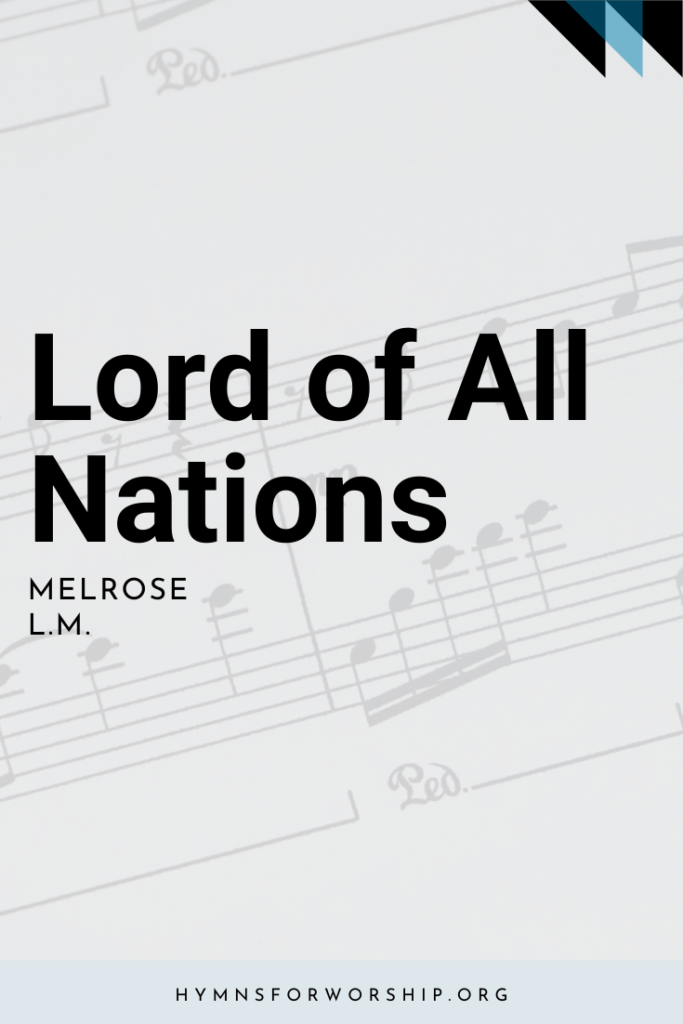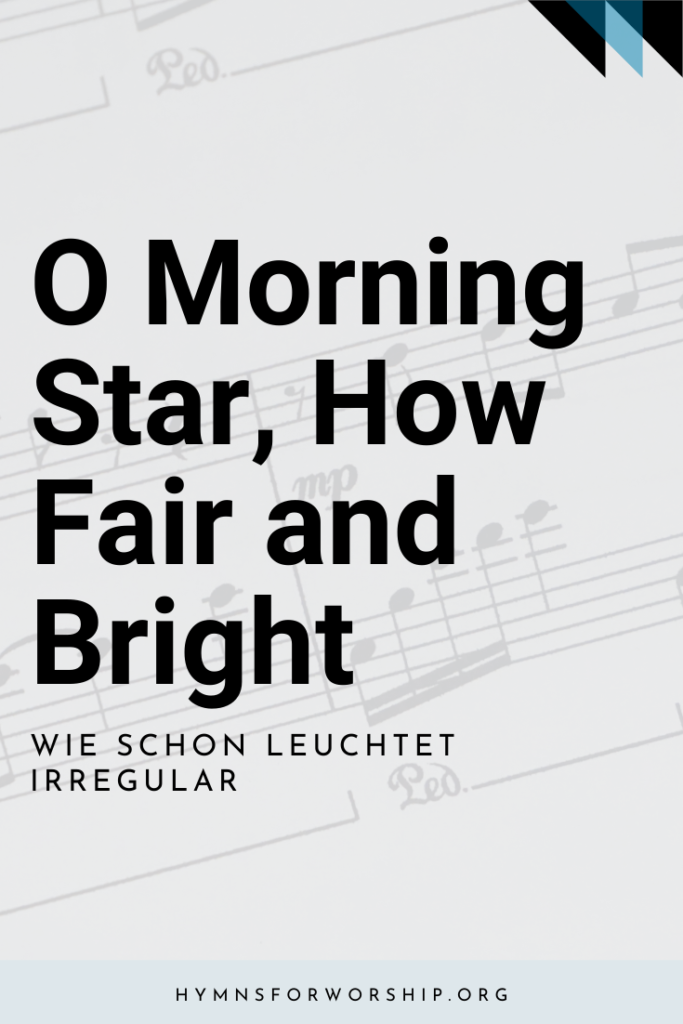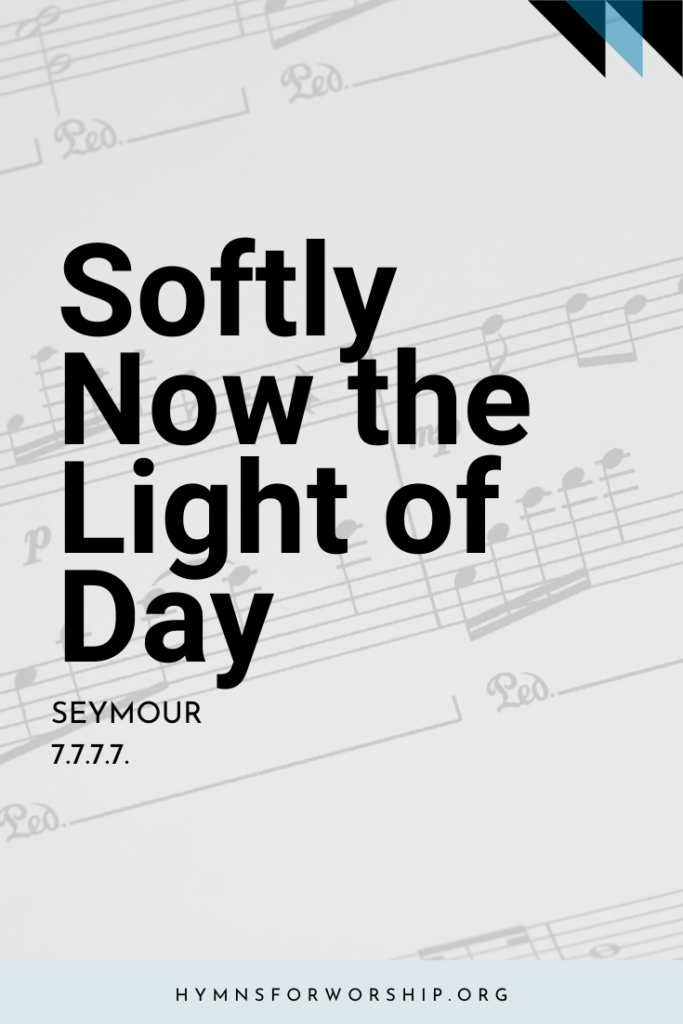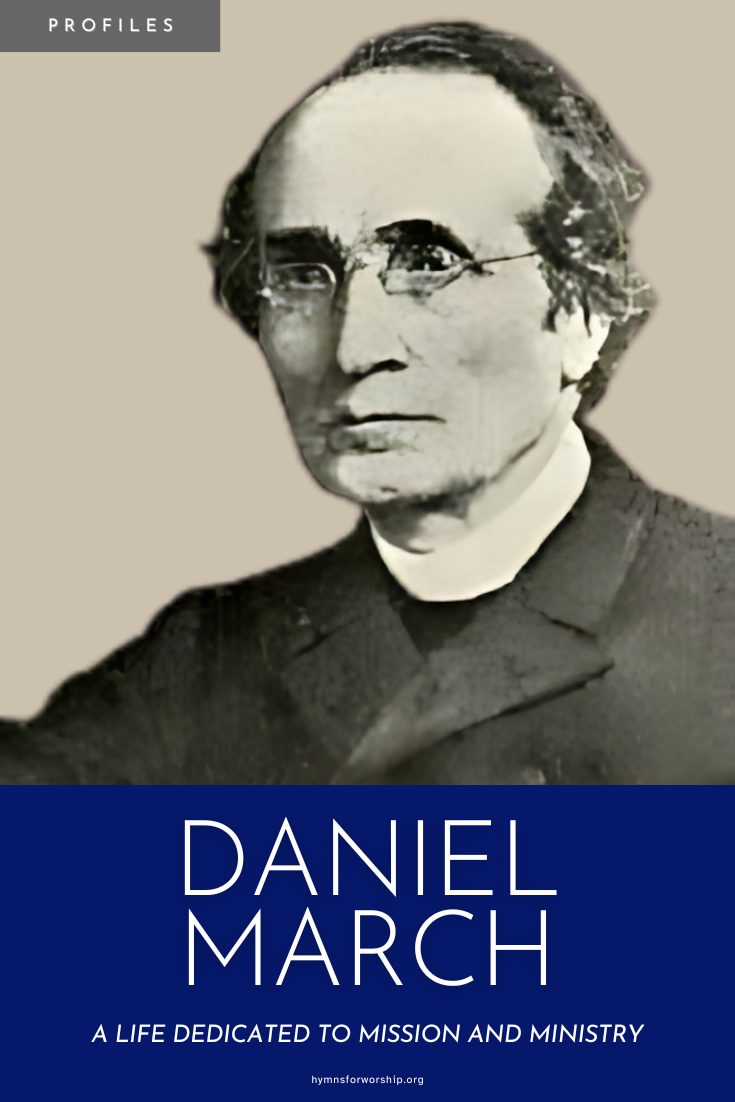
In the tapestry of Christian history, certain figures stand out like vibrant threads, weaving stories of dedication, passion, and unwavering commitment to the gospel. Among them shines the luminary figure of Daniel March, born on July 21, 1816, in Milbury, Massachusetts. His life’s journey, marked by a fervent zeal for spreading the message of Christ, resonates through the corridors of time, inspiring generations to embrace the call of mission and ministry.
Educated at Amherst College and Yale University, where he earned his Bachelor of Arts degree in 1840, March’s intellectual prowess was matched only by his deep spiritual conviction. However, his education was merely the beginning of a lifelong pursuit of knowledge and service to God.
Following his academic pursuits, March served as the principal of Fairfield Academy in Connecticut before returning to Yale for theological studies. In 1845, he was ordained into the Presbyterian ministry, embarking on a journey that would take him across states and continents, carrying the torch of faith to distant shores.
While his roots were in Presbyterianism, March later embraced Congregationalism, finding resonance with its principles of congregational autonomy and community-based governance. This shift reflected his evolving understanding of ministry and his desire to adapt to the needs of the congregations he served.
Throughout his illustrious career, March ministered in churches across Connecticut, New York, and Pennsylvania, leaving an indelible mark on each congregation with his impassioned sermons and compassionate pastoral care. His ability to connect with people from all walks of life, coupled with his profound theological insights, endeared him to congregants and fellow clergy alike.
Yet, March’s impact transcended the confines of his local congregations. A prolific writer, he penned numerous books on religious topics, delving into subjects ranging from the life of Jesus to the intricacies of biblical prophecy. His works, including “Yankee Land and the Yankee,” “Walks and Homes of Jesus,” and “Morning Light in Many Lands,” served as guiding lights for believers seeking to deepen their understanding of the Christian faith.
A staunch advocate for overseas missions, March’s fervor for spreading the gospel to the ends of the earth was unparalleled. In 1892, he was called upon to deliver the Annual Sermon before the Board of American Commissioners for Foreign Missions, a high honor that underscored his commitment to the cause of global evangelism. His sermon, published as “The Coming of the King,” echoed across continents, inspiring missionaries and supporters alike to redouble their efforts in advancing God’s kingdom.
Learn the hymn
Printables, piano accompaniment, hymn text and other tidbits are all available in this site.

One of March’s enduring legacies is the hymn “Hark, the voice of Jesus crying.” Composed in 1868, this stirring anthem served as a rallying cry for believers to answer the call to service, irrespective of their circumstances. The story behind this hymn is as inspiring as the hymn itself.
During an occasion in 1868, March found himself preparing to deliver a sermon to the Philadelphian Christian Association on the text Isaiah 6:8: “And I heard the voice of the Lord saying, ‘Whom shall I send, and who will go for us?’ Then I said, ‘Here am I; send me.'” Struck by the urgency and poignancy of these words, March searched for a hymn to conclude his message but found none suitable. In a moment of divine inspiration, he sat down and penned the words of what would become the hymn “Hark, the voice of Jesus crying.” With its stirring call to service, the hymn encapsulated March’s fervent belief in answering the call of the Lord for missionary work, inspiring generations of believers to heed the voice of Jesus calling.
Though some modern hymnbooks have omitted March’s hymn due to its language, it continues to find a place in the hearts of worshippers, serving as a poignant reminder of the ongoing mission of the church.
As we reflect on the life and legacy of Daniel March, may we be inspired by his unwavering commitment to mission and ministry. May his example embolden us to answer the call of the Lord with readiness and zeal, knowing that, like March, our lives too can leave an indelible mark on the landscape of Christian mission and ministry. In a world hungering for hope and salvation, may we echo the words of Isaiah: “Here am I; send me.”
Several melodies have been used with this hymn, but the song became best known among the Seventh-day Adventists as FILLMORE, by F.E. Belden. Other popular tunes used are ELLESDIE (Mozart), MARTHA (Jorgenson), GALILEAN (Barnby), HARK THE VOICE (Tindley), RIPLEY (Gregorian chant), REX GLORIAE (Smart), JESU (Duben), LUX EOI (Sullivan), LOWELL (Nichol), DISCIPLE (Leavitt), SANCTUARY (Dykes), and BEACH SPRING (White).
RECOMMENDED RESOURCES
